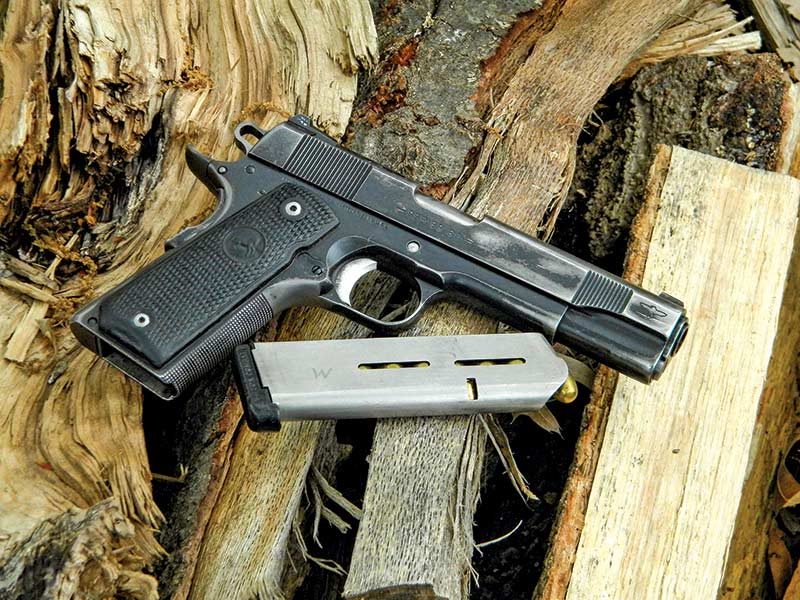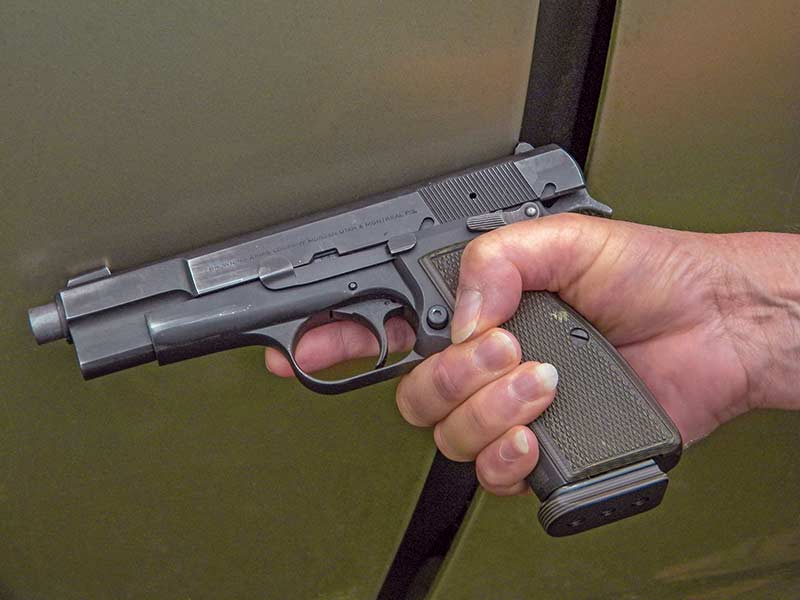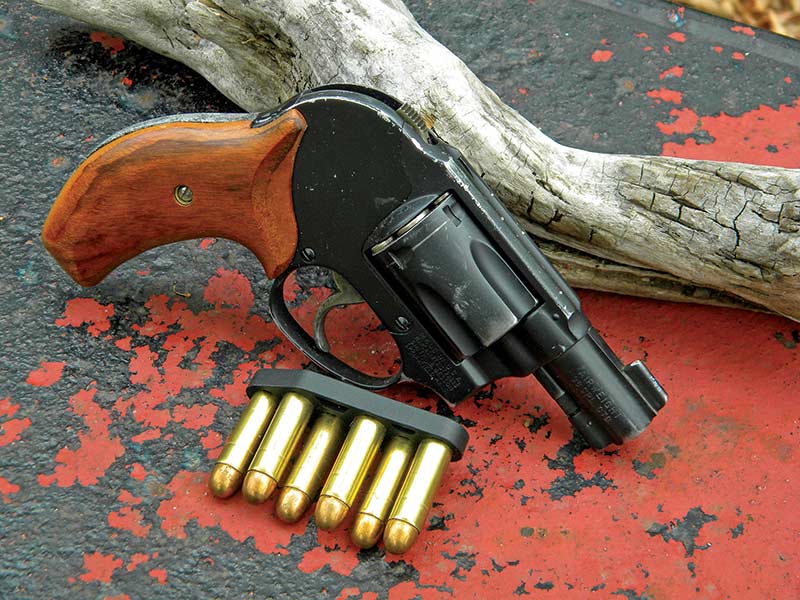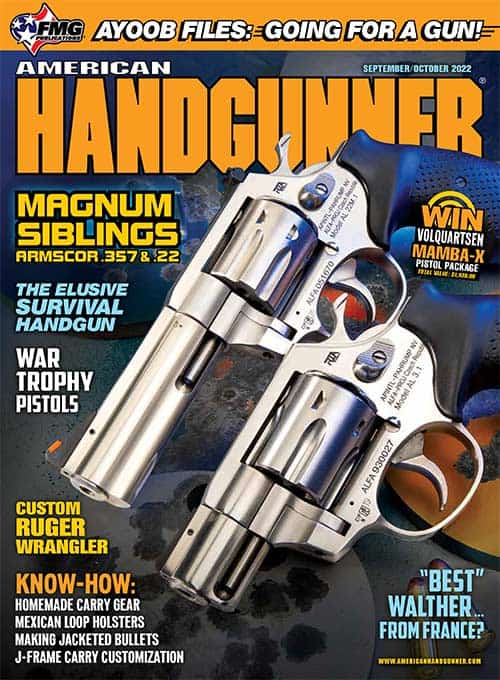Tactics and Training:
Battle Scars
After a few decades of teaching, it’s still surprising how many students are reluctant to let their weapons get dirty, dinged or, heaven forbid, scratched. Developing skill with any tool involves training — an introduction to safety and the proper techniques of use — followed by practice, which is when the true learning occurs. As you learn how to fight with that pistol, it’s going to acquire a few “battle scars.”
Using a handgun for defense is all about preparation. You recognize the unexpected constantly occurs during a fight. Good examples are hand and arm injuries. The knife slices through muscles and tendons. That arm doesn’t work any longer. A bullet slams into your hand. It’s completely useless. And now, your pistol malfunctions. Stoppages occur more often in the “real” world than on the range, especially when operating with only one hand. You still have to stop the threat, which requires single-handed handgun manipulation. Since there’s no time to acquire new skills in the middle of the fight, you practice in advance.
Hard Knock Reloads
The immediate action to a stoppage is to “load” the pistol. Tap the magazine to ensure it’s seated. Cycle the slide to chamber a round. This action clears two of the three types of stoppages you may experience.
On the square range, this is often done by tapping the mag against the hip or holster and hooking the rear sight on the belt or holster to cycle the action. A more efficient technique is to use objects in the environment surrounding you. There are hard objects and corners everywhere. Bang the mag against the bookcase. Hook the sights on the hard corner and rack aggressively. Yes, the pistol is going to get scratched. But, far better to practice these actions in advance, preparing for the worst-case scenario.
Or maybe your solution is to perform a “New York Reload.” The pistol stops firing. It doesn’t matter whether it’s an empty mag or a malfunction. You immediately drop the gun. No, you don’t get to lay it gently on the ground. We learn through repetition. You’ll do the same thing in a fight if you get into the routine of pampering your weapon on the range — hesitating to do something because you’re worried about the equipment getting “damaged.” Fighting isn’t pretty, sterile or controlled in any way. The better you replicate these conditions on the range, the smoother things go in the fight.
Hard Use Training
But,” many ask, “what if my pistol breaks?” It’s far better to discover a weak link in your weapon on the range as opposed to during the fight. Training and practice are about discovering flaws in you and the gear you carry. Then, both can be corrected before the confrontation.
Repetition also reveals modifications needed for “your” pistol. After a long day of training, the sore spots on your hand reveal a couple of “hot spots” on the pistol’s thumb safety. Radius those edges with a rotary tool, cold blue the bare spots and rock on. Blood is very corrosive, so it may stain the pistol. That adds character to the weapon and maybe a funny story. Improving your defensive handgun skills is about developing a relationship with your weapon. Like any partnership, both you and your pistol are likely to show some wear and tear during this journey.
“But,” some are thinking, “that’s going to decrease the value of my pistol.” Yes, a firearm is an investment. However, its true value lies in how effectively you can use that weapon. If the firearm doesn’t fit you, it can’t be carried comfortably, nor can it be adequately manipulated or shot accurately. Modifications that improve the weapon’s effectiveness increase the value for you.
Whether for competition, hunting or defense, the weapons we use are still “tools.” Always maintain to the highest degree the mechanical aspects. An unreliable weapon is useless. Don’t be too concerned with how your weapon looks or what it’s worth in dollars. Modify as necessary, train and practice realistically and as they say, “Become one with your weapon.”
A well-used weapon is likely to be used well.







